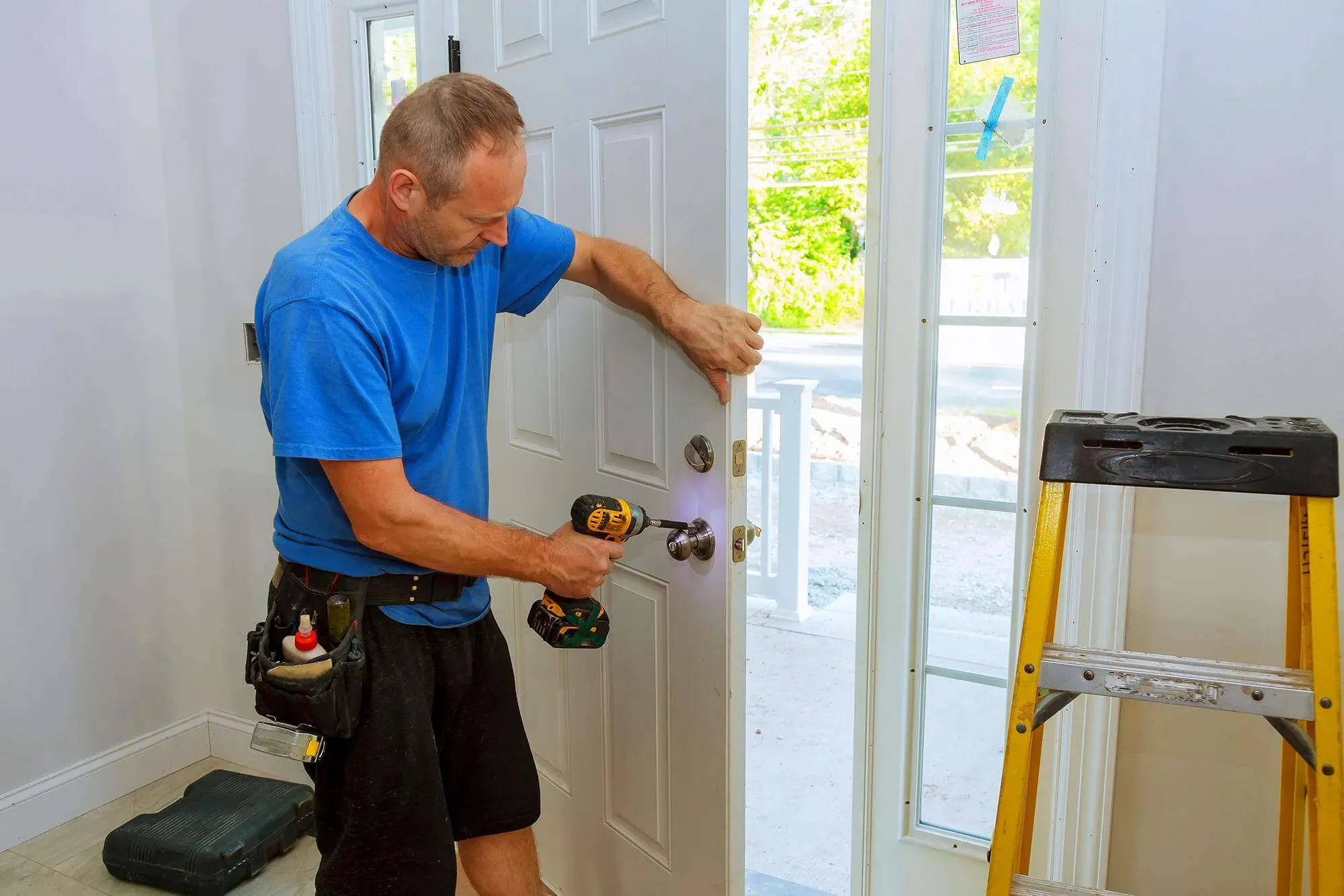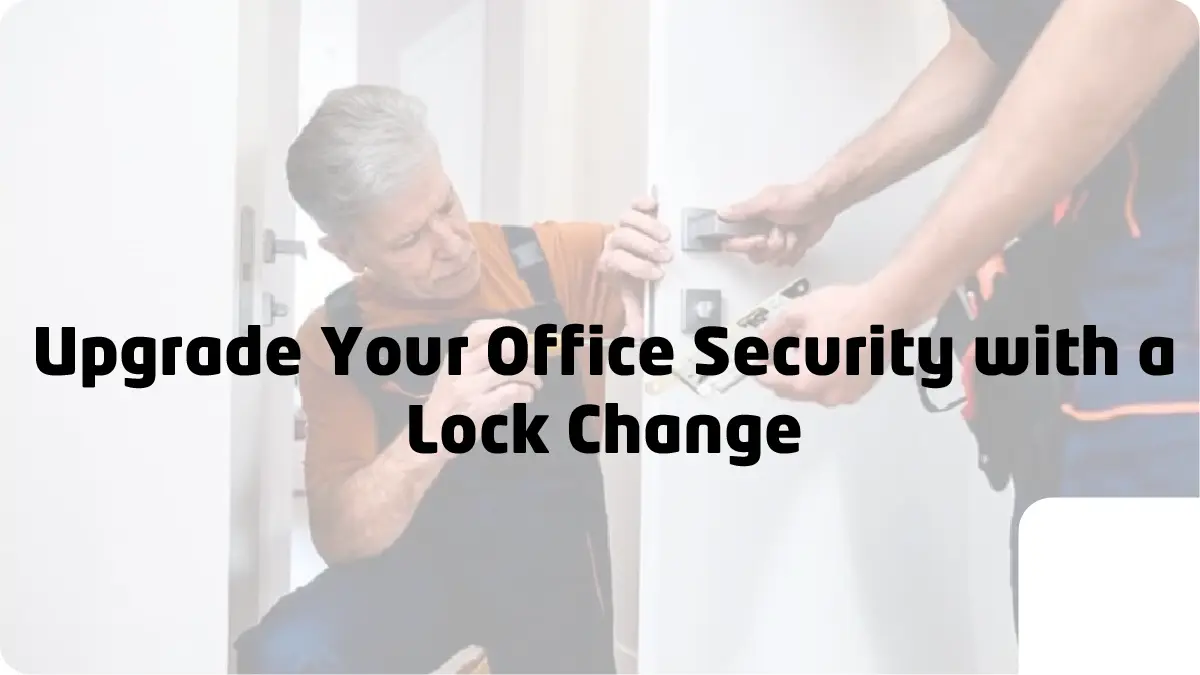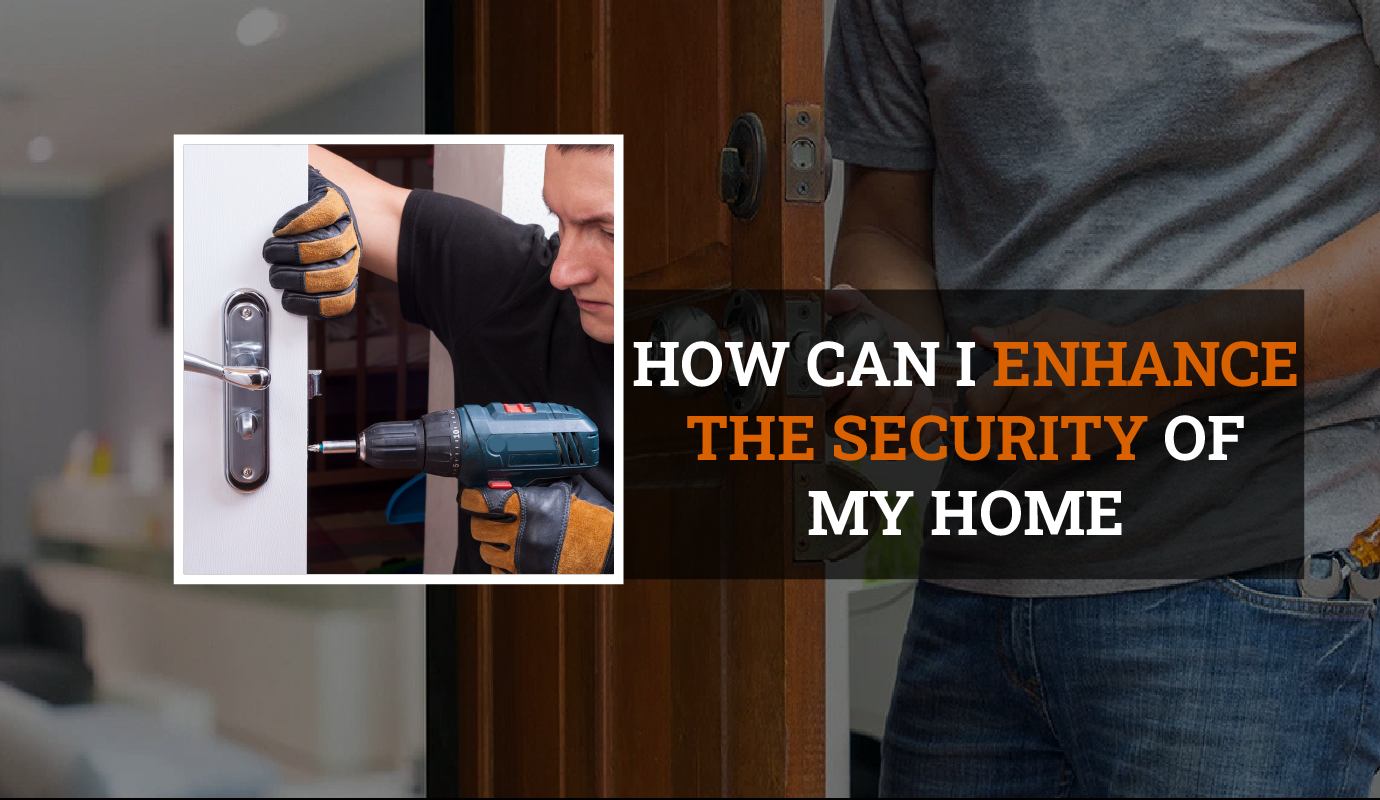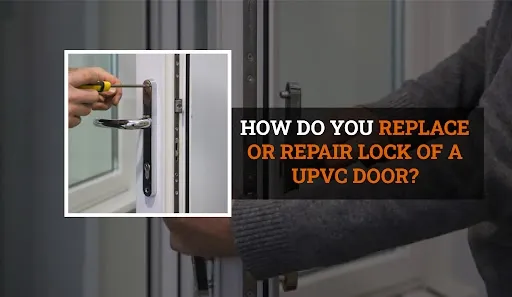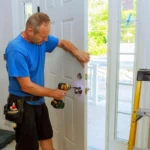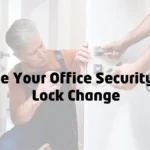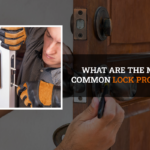If a uPVC door is functioning well, you don’t think about it. It locks, seals, and protects the home. But over time, something subtle changes. The handle feels heavier. You have to lift it a little harder. The key begins to resist. Eventually, you’re leaning into the door just to get the lock to engage.Many homeowners reach this point and assume the same thing: “It’s finished. I need a new door.” In most cases, that assumption is wrong.Most uPVC doors do not fail because the door is “defective,” they fail because some component inside them is broken.This article explains how uPVC doors work, why they develop problems, and how to recognise whether you need a repair—or a replacement—without DIY, guesswork, or forcing anything that could cause further damage. How a uPVC Door Actually Works (What Most People Don’t Know) A uPVC door is more complex than it appears. Inside the door is a long vertical locking mechanism commonly called a multi-point lock. When the handle is lifted, several locking points engage at once, such as: Hooks Rollers Deadbolts (depending on the model) This system delivers two major benefits: Enhanced security Improved insulation Because so many locking points operate together, even a slight change in alignment or pressure affects the entire system. If the door drops even a few millimetres with age or usage, the locking points no longer align perfectly with the frame. The handle becomes harder to lift, and the lock cylinder is suddenly under strain when you try to turn the key. When that strain continues, the internal gearbox wears down — that is the moment you start to notice a problem. Common Early Symptoms of a Failing uPVC Door Mechanism Homeowners often describe similar issues and comments such as: “It used to close smoothly… now I have to push harder.” “The handle suddenly feels stiff.” “The key turns, but not without resistance.” “It locks sometimes, other times I have to try two or three times.” These are not signs of a worn-out door — they are signs of a lock mechanism under pressure. Other symptoms include: A visible gap where the door meets the frame Draughts or outside noise you didn’t notice before The handle drops slightly after you lower it The key turns but the locking points don’t engage properly All of these indicate that the door system needs proper evaluation by a professional — it doesn’t necessarily mean the door needs to be replaced. Why These Problems Happen (It’s Not What You Think) uPVC doors rarely fail all at once. They decline gradually, and the causes are surprisingly predictable: Natural shifting and settling of the property Gravity affecting the hinge side of the door over time Seasonal expansion and contraction of uPVC material Wear inside the gearbox or locking strip A single millimetre of movement can be enough to disrupt the lock. Even doors that are only a few years old can behave this way if the hinges begin to move or the lock mechanism starts to fatigue. The locking system compensates for a while — until one day it can’t. When a uPVC Door Is Still Perfectly Repairable A uPVC door is still repairable if: The frame is in good condition The locking mechanism is stiff or worn but not broken The issue is alignment or pressure on the system The handle or cylinder has weakened due to strain In these cases, a locksmith may restore full function by adjusting the door, servicing the mechanism, or replacing the failing part inside. Essentially, you are extending the lifespan of the door — not replacing it prematurely. This approach is cost-efficient and responsible. The goal is not to replace a door that doesn’t need replacing, especially when only one internal component is causing the issue. Let’s Look at the Cost Logic: Repair vs Replacement Door replacement can cost £900–£2,500 depending on style, glazing, and security rating. Most repairs cost significantly less because only the essential component is replaced. Repairing the mechanism or restoring alignment typically begins from as little as £65.00, depending on the work required and replacement components. Replacement should be a last resort — not the starting point. Why Homeowners Should Avoid Treating Doors as a DIY Project As noted above, doors can be quite complex, so using any kind of force on the handles — forcing the handles to lift with unnecessary pressure, tightening hinge screws, or undoing screws without really knowing what they do — can: Snap the internal gearbox Bend locking hooks or bolts Create permanent misalignment Trap the mechanism inside the door Once the mechanism snaps while the door is closed, the entire lock system is trapped inside the door. That means gaining access requires a different approach and may require replacing the entire lock strip, which can be very costly. Engage a professional locksmith — it will probably save you money. Conclusion A uPVC door problem does not mean the door is finished. The majority of issues come down to a single component such as a mechanism that is worn, misaligned, or strained. Repairing or replacing that component keeps the door secure and extends its lifespan.


